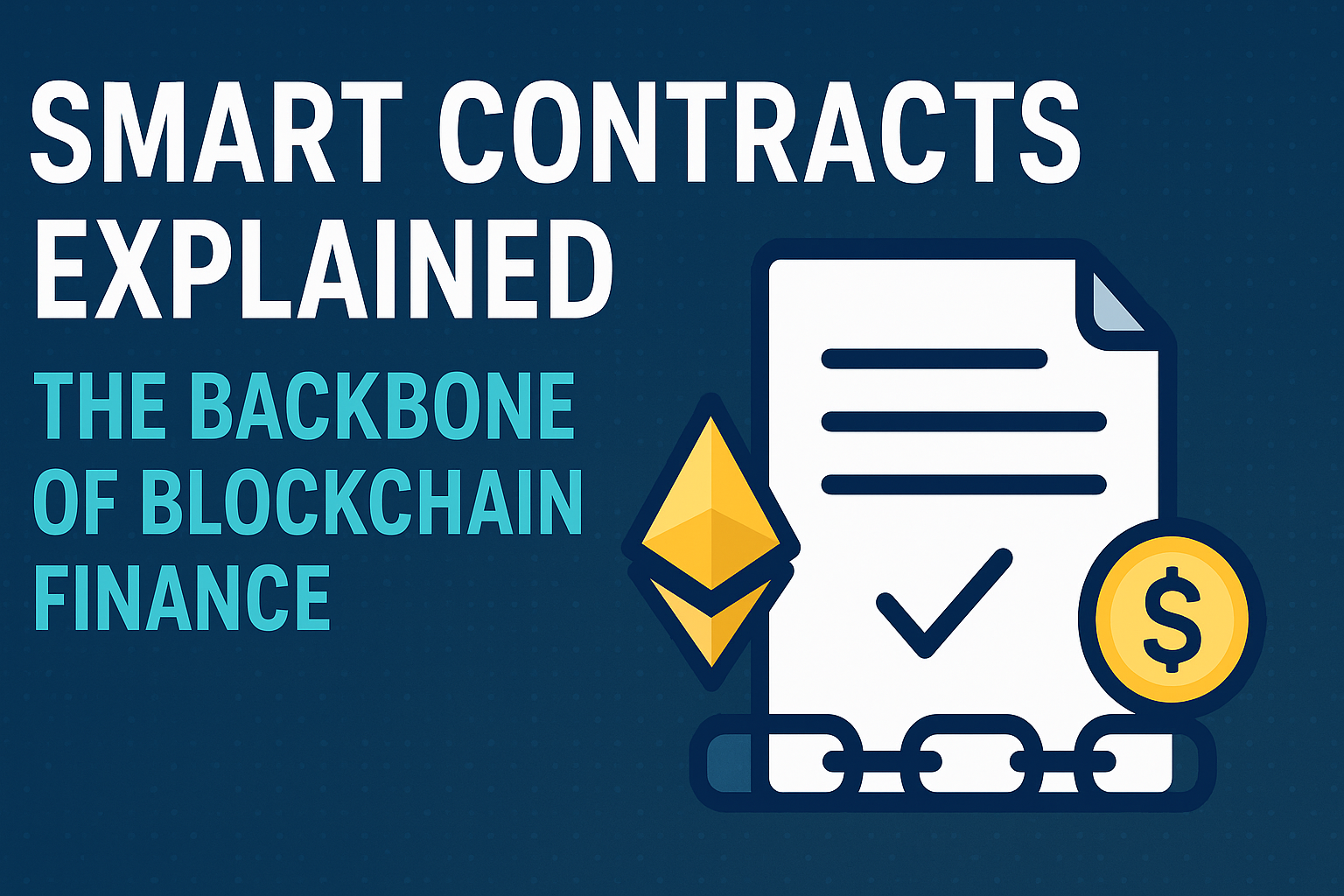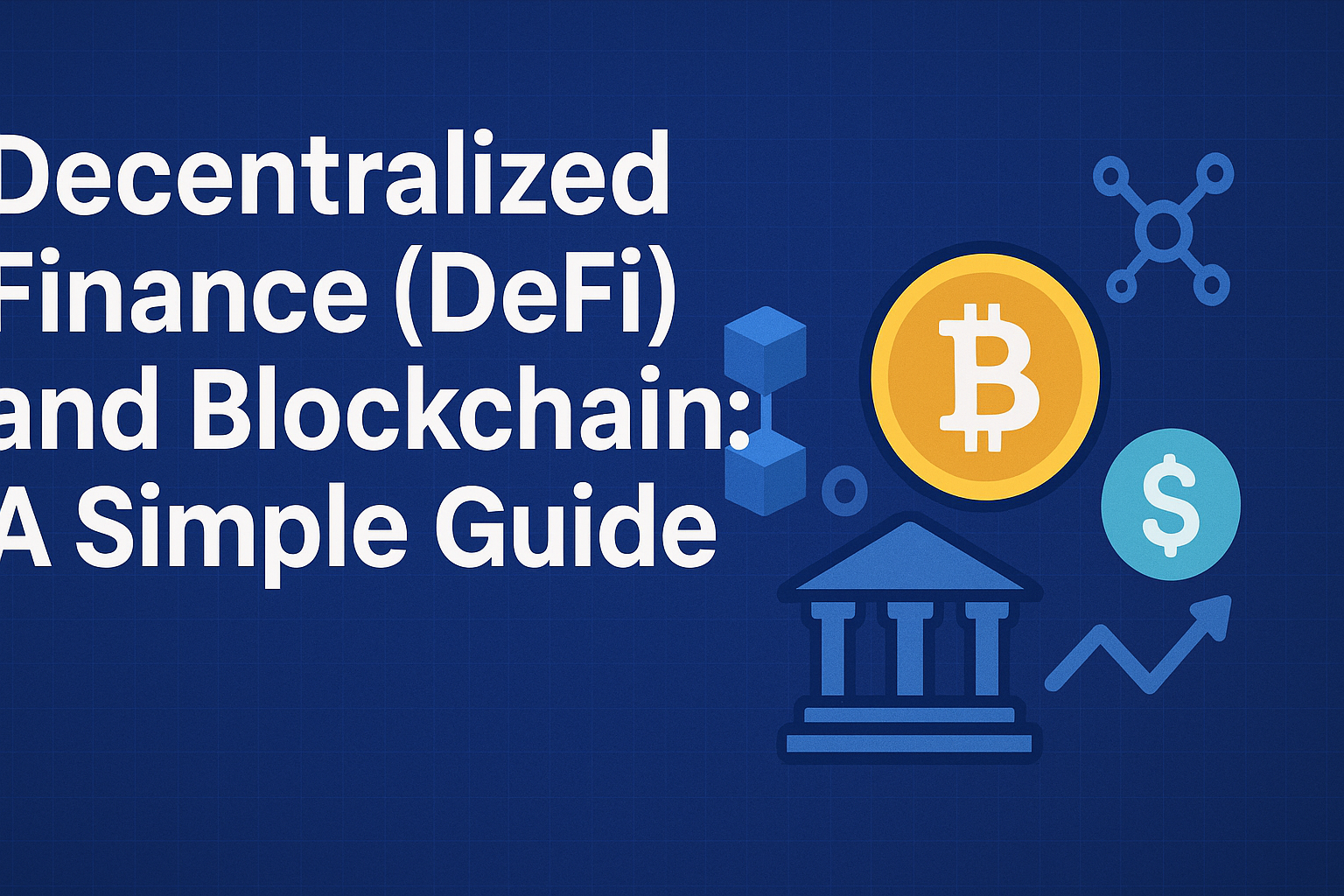Sovereign Gold Bonds (SGBs) have become one of the most popular ways for Indians to invest in gold without worrying about storage, making charges, or purity concerns. Backed by the Government of India and issued by the Reserve Bank of India (RBI), SGBs not only track the price of gold but also offer 2.5% annual interest — making them a smart alternative to physical gold.
But what happens when it’s time to redeem them? Understanding your SGB redemption options and exit strategies is crucial if you want to maximize returns and plan your liquidity.
In this guide, we’ll break down everything you need to know about redeeming SGBs and exiting your investment smartly.
🔑 Key Features of SGB Redemption
Before we dive into strategies, let’s understand how redemption works:
- Tenure: SGBs have an 8-year maturity period.
- Premature Redemption: Allowed after the 5th year on interest payment dates.
- Mode of Redemption: Amount is credited directly to your bank account.
- Redemption Price: Based on the average closing price of gold (999 purity) published by the Indian Bullion and Jewellers Association (IBJA) for the last three working days before redemption.
This makes SGBs a safe and hassle-free way to invest and exit without worrying about liquidity.
🏦 3 Ways to Exit Your SGB Investment
Here are the three main exit strategies you can consider:
1. Hold Till Maturity (8 Years)
This is the simplest option and usually the most rewarding if you are investing for long-term wealth creation.
- ✅ Benefit: No capital gains tax on maturity (completely tax-free!).
- ✅ Best for: Long-term investors seeking risk-free gold exposure and interest income.
- ❌ Drawback: Locked-in capital for 8 years unless you choose early redemption.
2. Premature Redemption (After 5 Years)
If you need liquidity, you can redeem your bonds early — but only on interest payout dates (twice a year).
- ✅ Benefit: Easy exit with market-linked gold price.
- ✅ Tax: Long-term capital gains tax with indexation benefits (if sold before 8 years).
- ❌ Limitation: Cannot redeem at any random time — only on scheduled dates.
3. Sell in the Secondary Market
SGBs are listed on stock exchanges like NSE and BSE.
- ✅ Benefit: You can sell anytime — even before 5 years.
- ✅ Liquidity: Immediate if there is a buyer.
- ❌ Drawback: May have low liquidity, and price could be at a discount/premium compared to actual gold prices.
💡 Pro Tip: If market prices are higher than RBI redemption price, selling on the exchange could fetch better returns.
🎯 Exit Strategy Tips for Investors
- Plan Around Interest Dates: If opting for premature redemption, align your exit with payout dates to avoid waiting.
- Track Gold Prices: Redeem when gold prices are favorable for maximum gains.
- Consider Tax Impact: Holding till maturity is tax-efficient — no capital gains tax applies.
- Monitor Liquidity: If selling on exchanges, check volume and pricing before placing your order.
📊 Example: SGB Exit Decision
Let’s say you bought 10g of SGB in 2020 at ₹4,500/g. By 2027 (after 7 years), gold prices rise to ₹6,500/g.
- Maturity (2028): You get full tax-free redemption + interest over 8 years.
- Premature Redemption (2027): You pay tax on capital gains but enjoy partial indexation benefit.
- Exchange Sale: If buyers are offering ₹6,700/g, you might get a higher price than RBI redemption.
Choosing the right option can make a difference of thousands of rupees in returns.
✅ Final Thoughts
SGBs are an excellent investment for those looking for safe, government-backed exposure to gold with additional interest income. When it comes to redemption, you have flexible exit strategies:
- Hold till maturity for maximum tax benefits,
- Opt for premature redemption after 5 years for planned liquidity, or
- Sell on the exchange if you want to exit earlier or take advantage of favorable market pricing.
By timing your exit wisely and considering taxation, you can optimize returns and make SGBs a powerful tool in your long-term portfolio.






